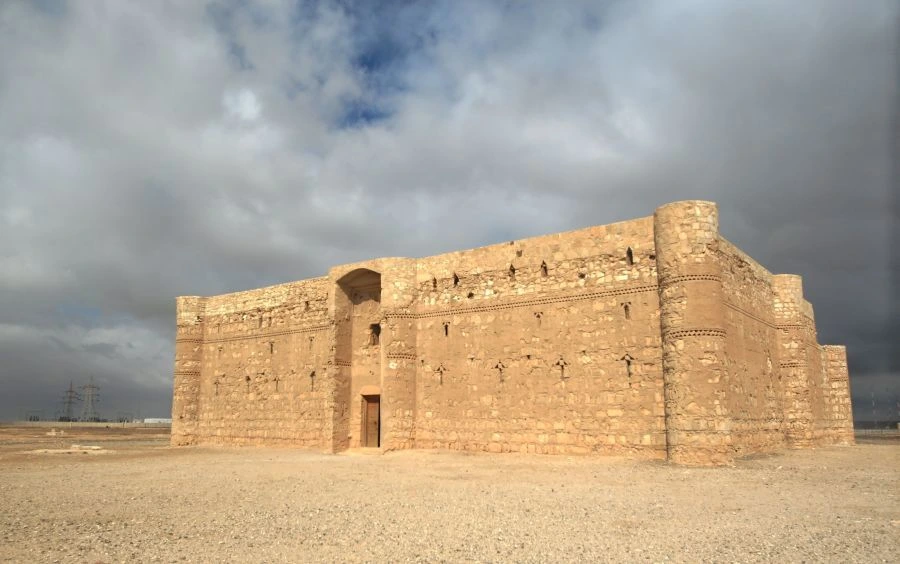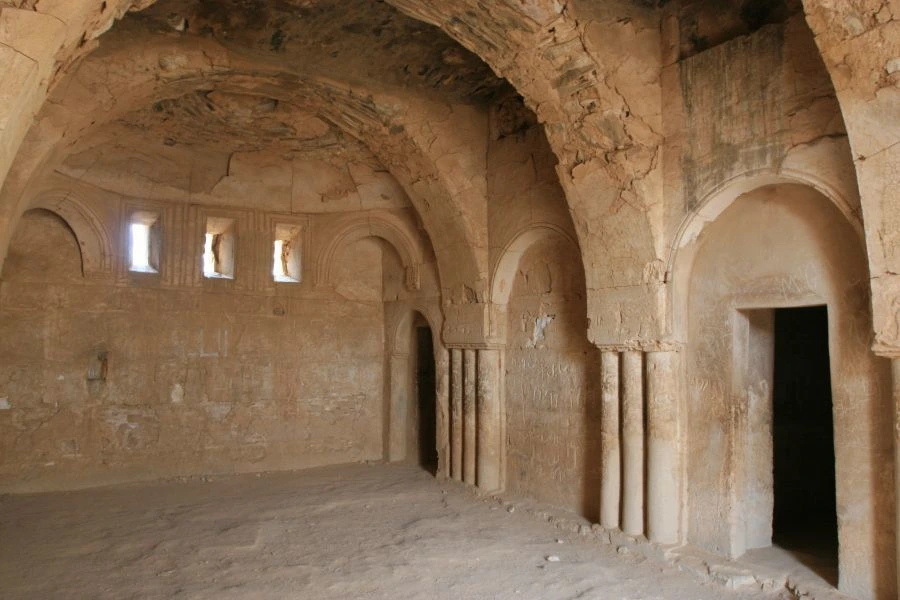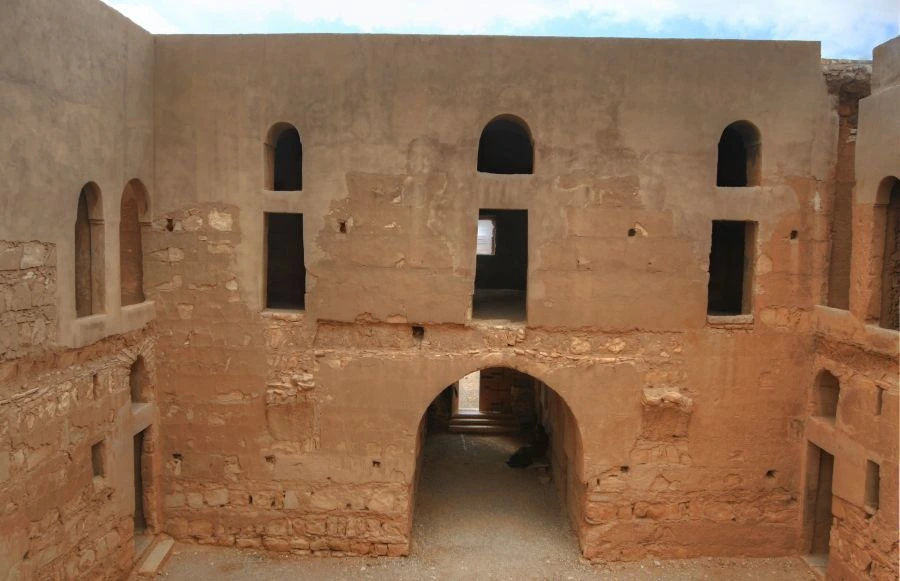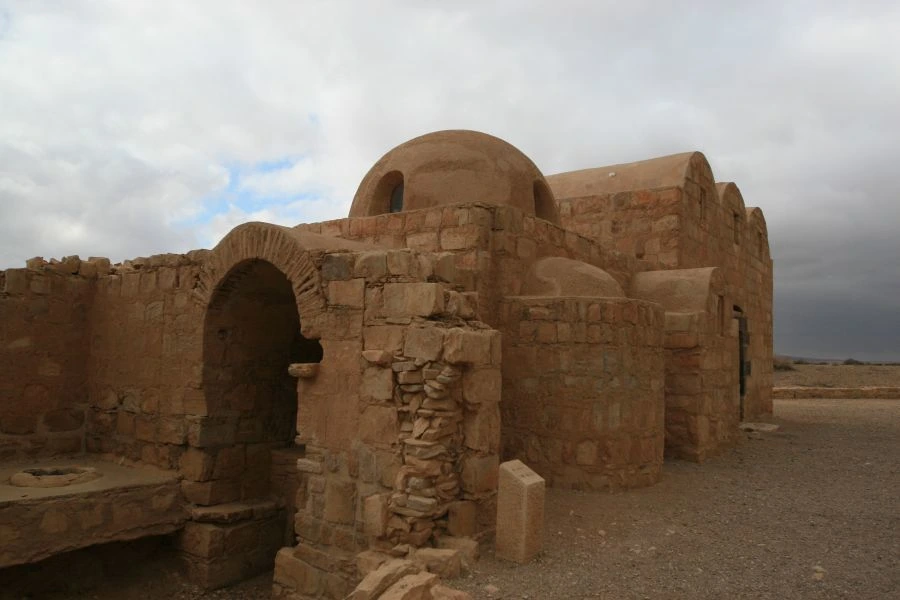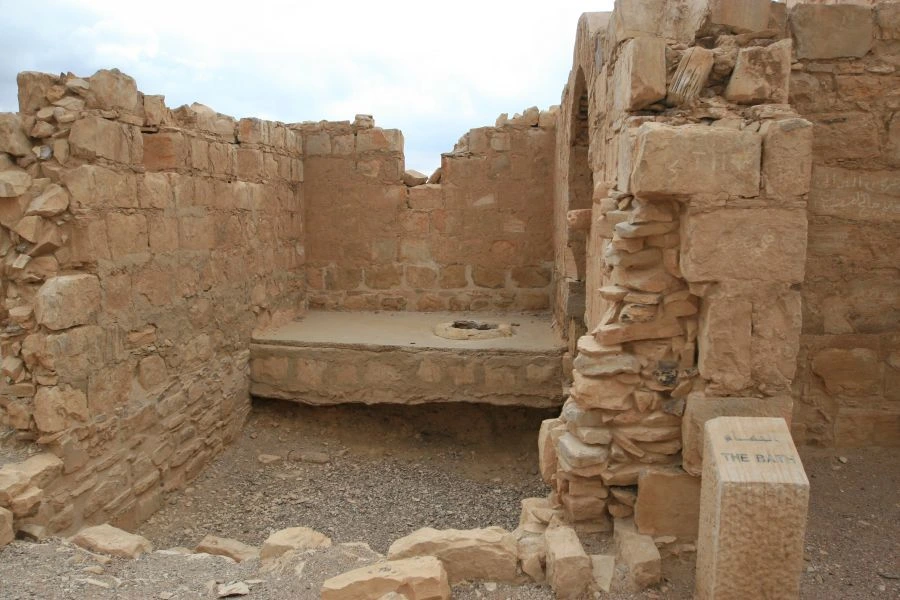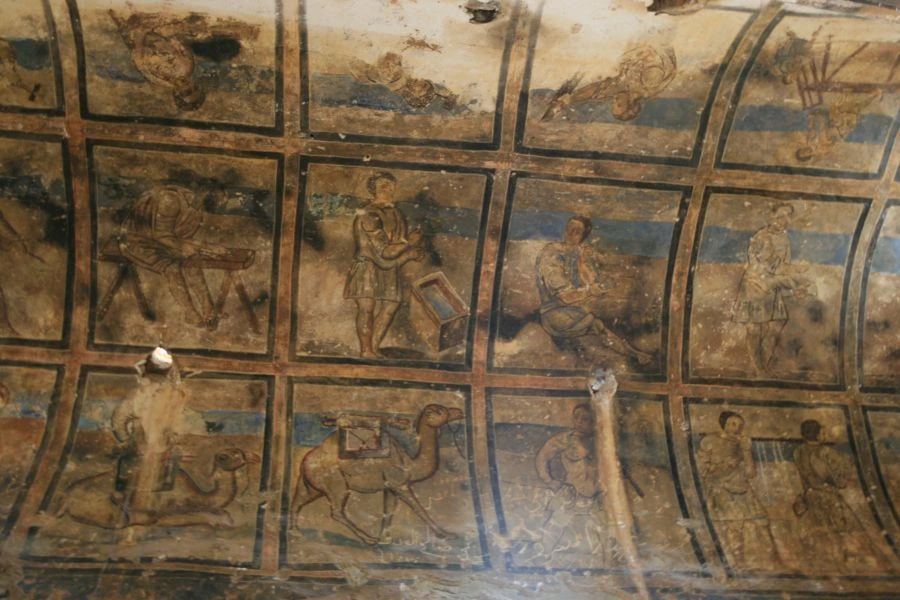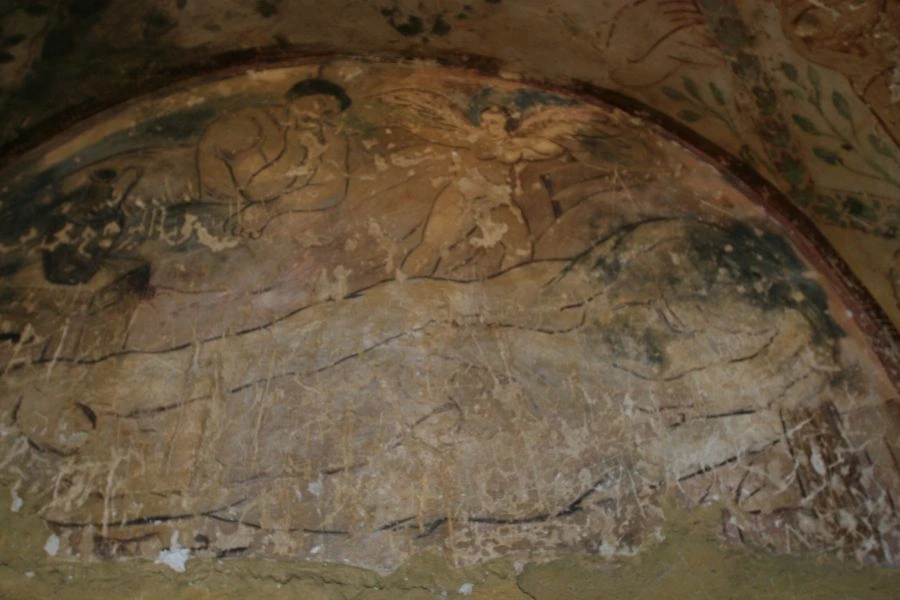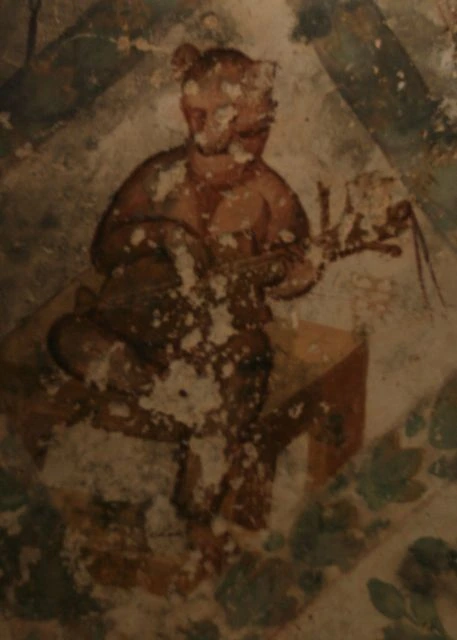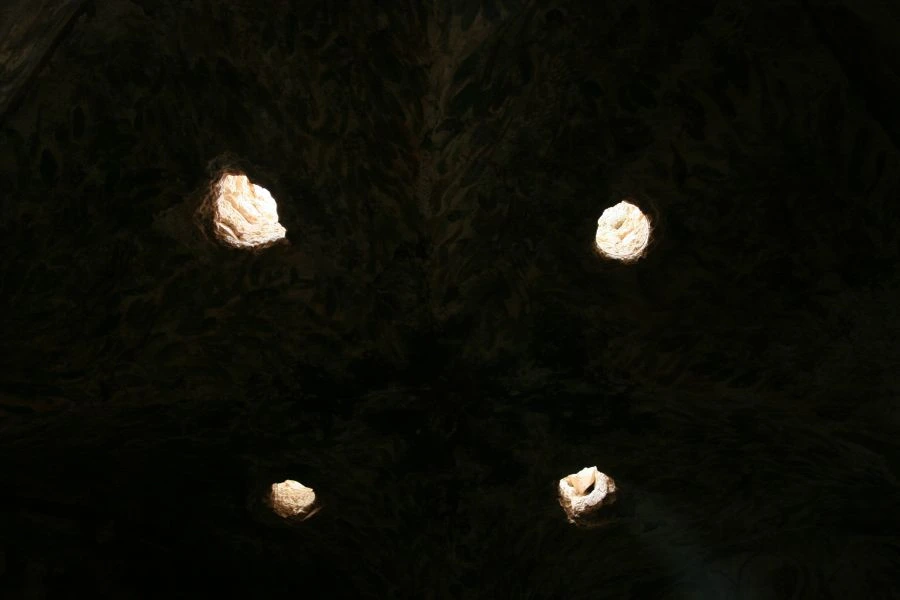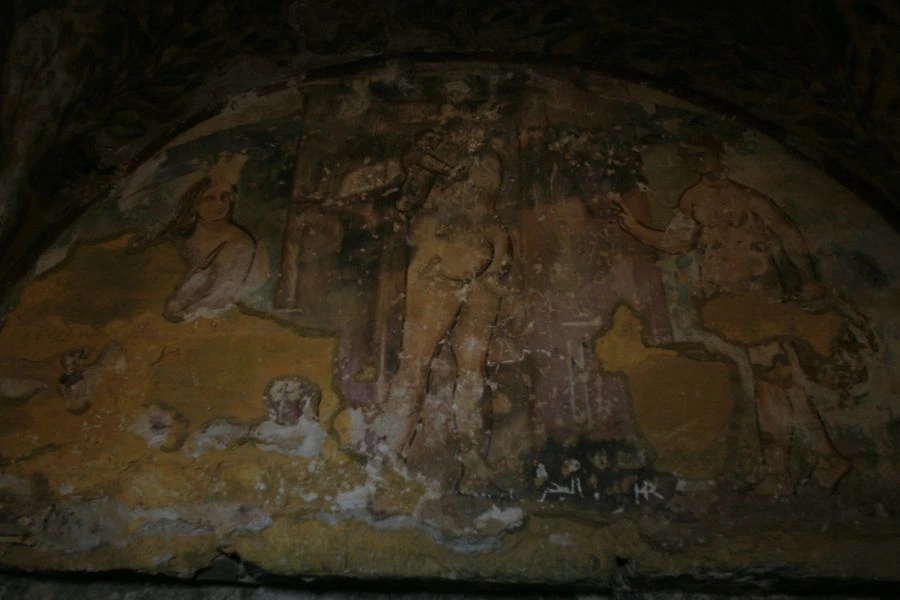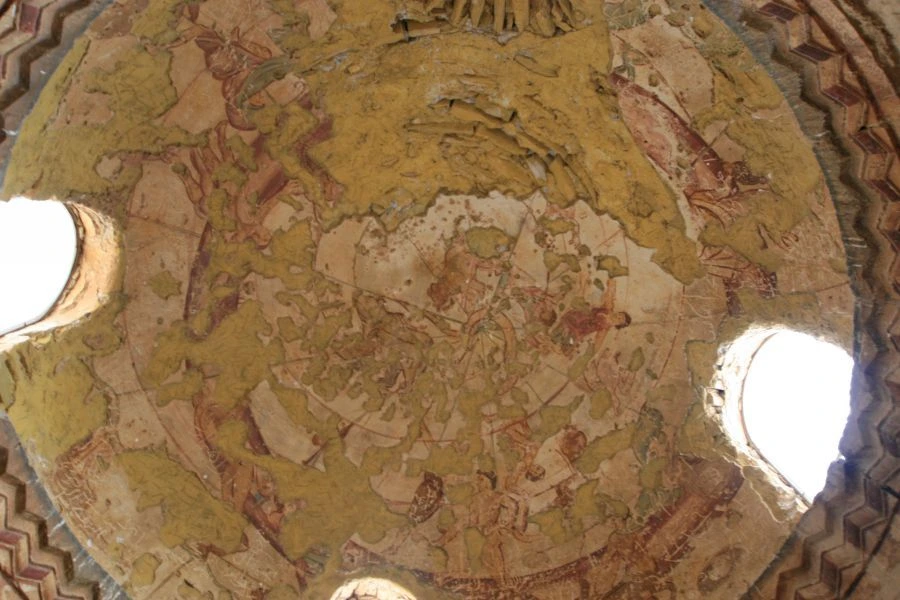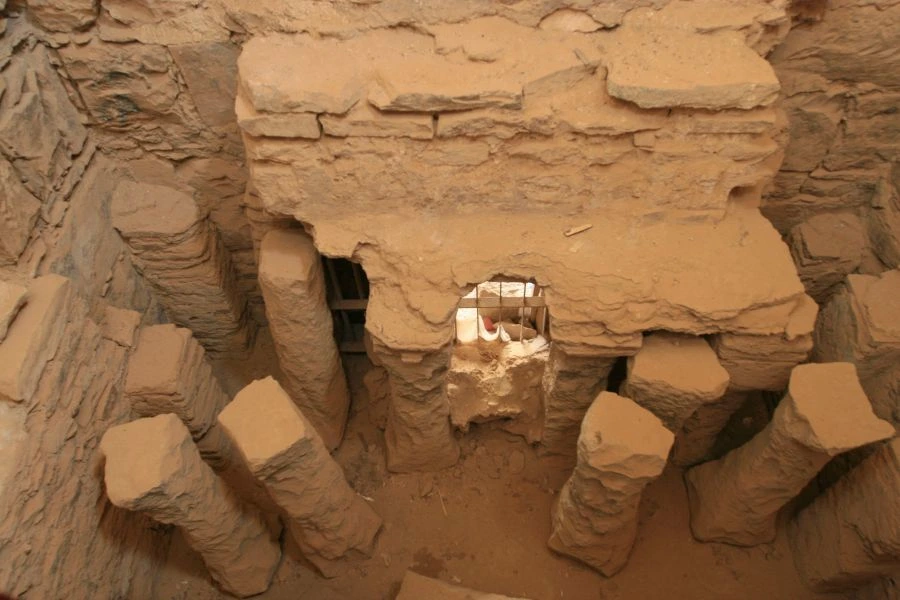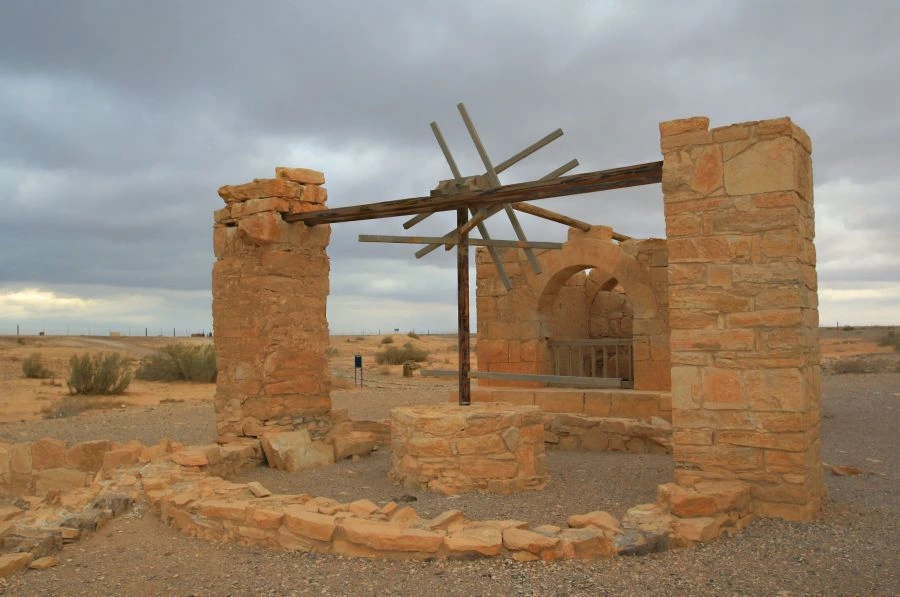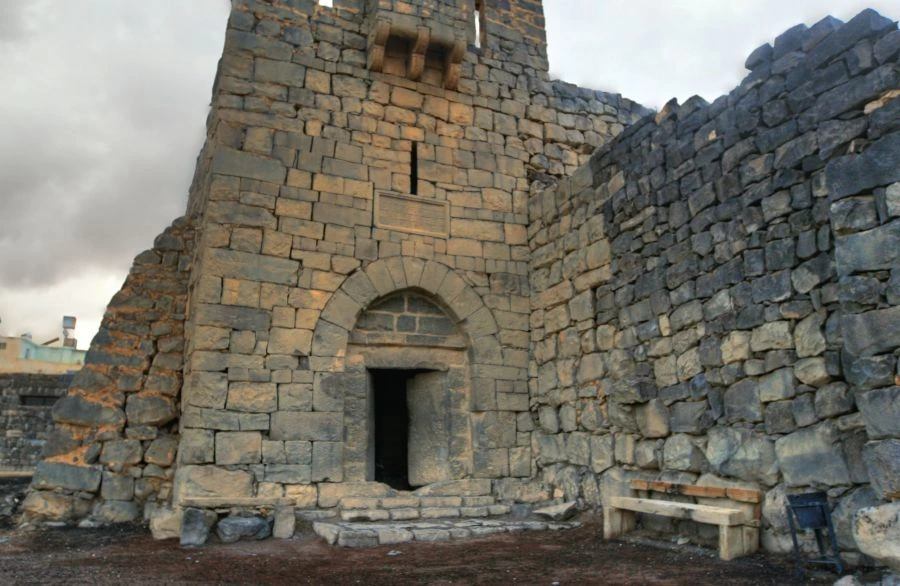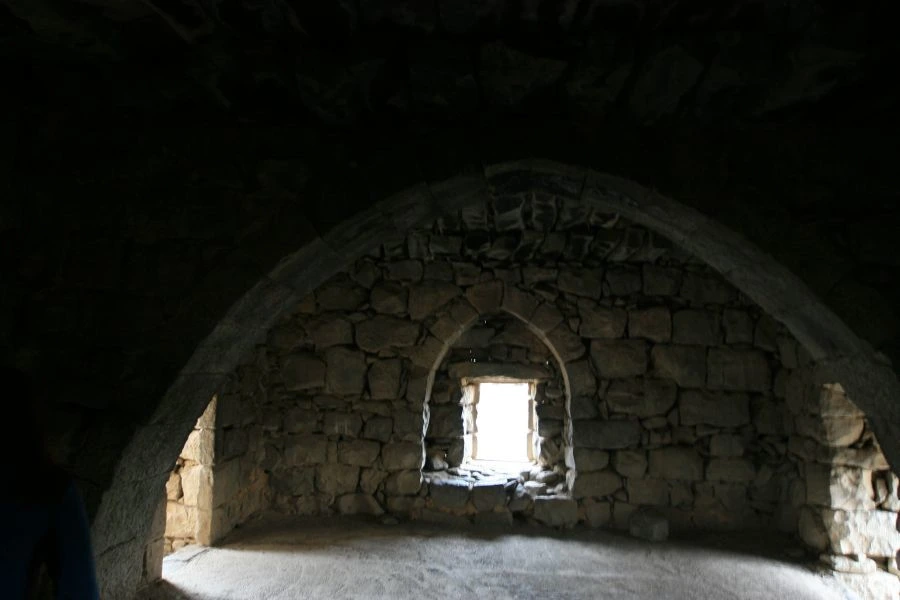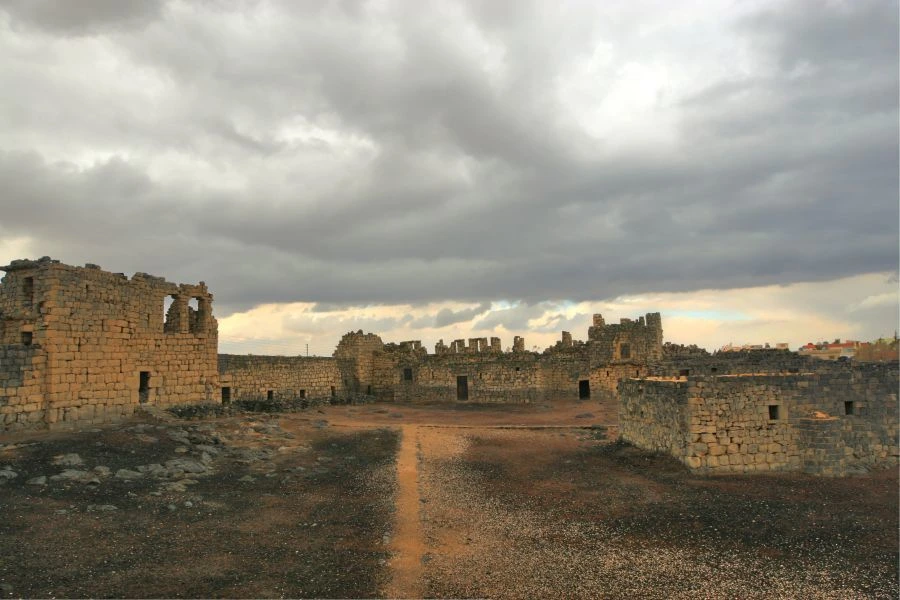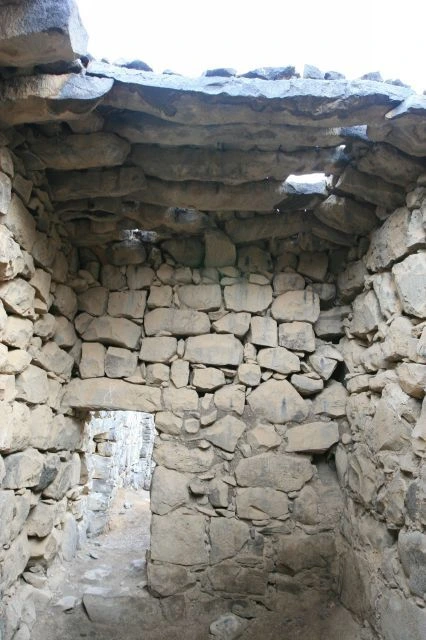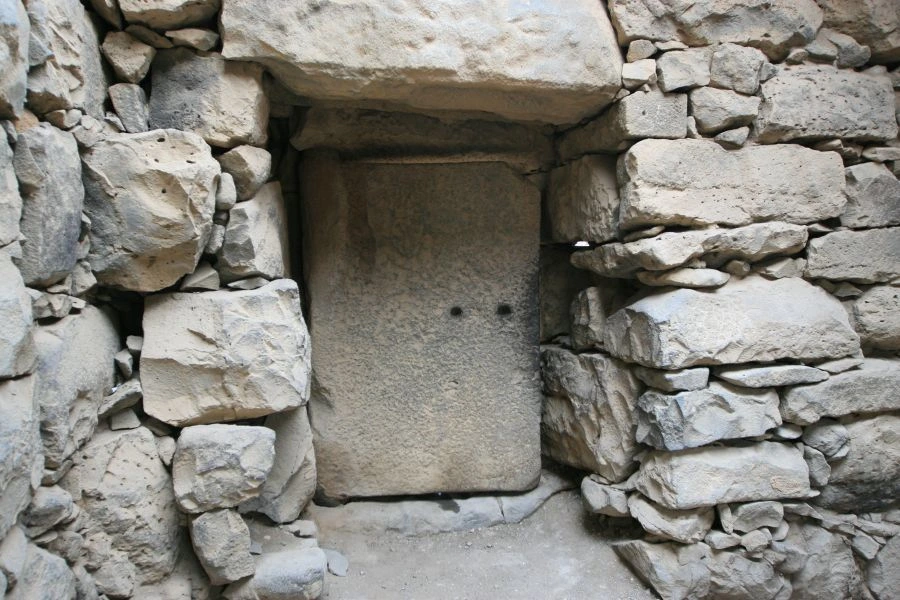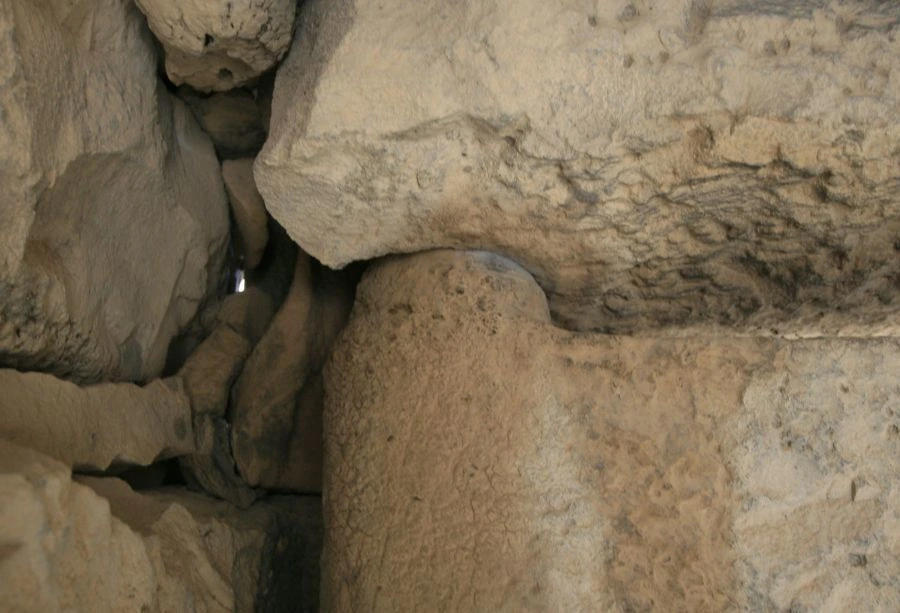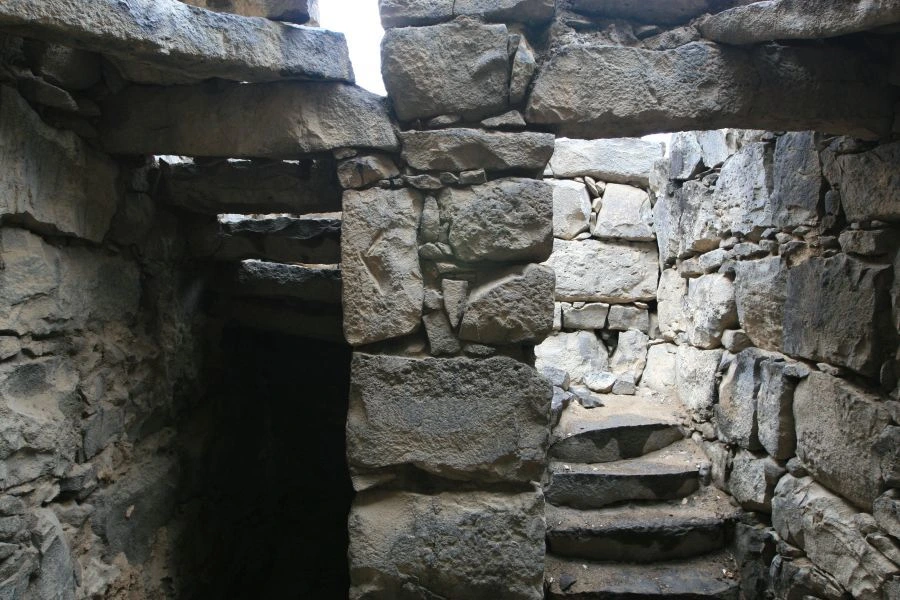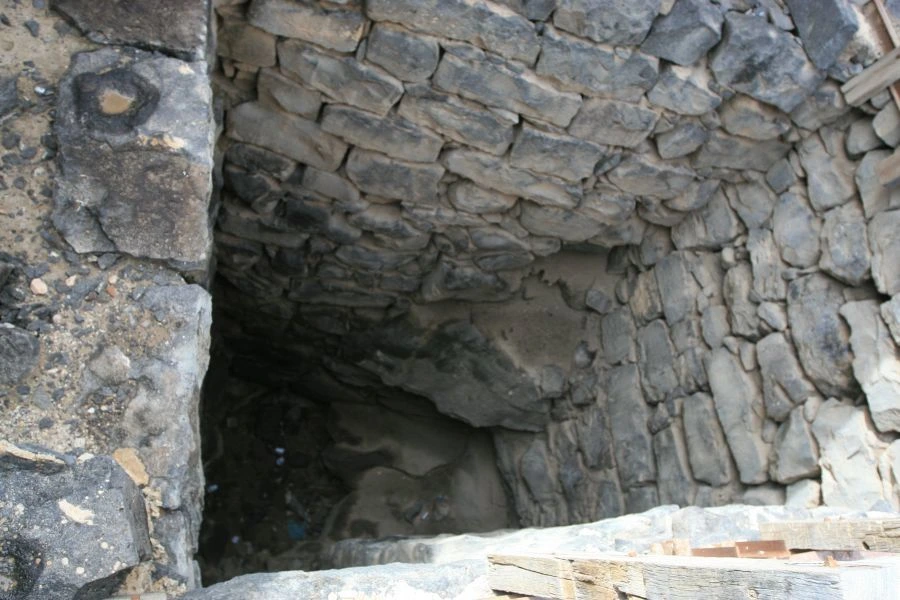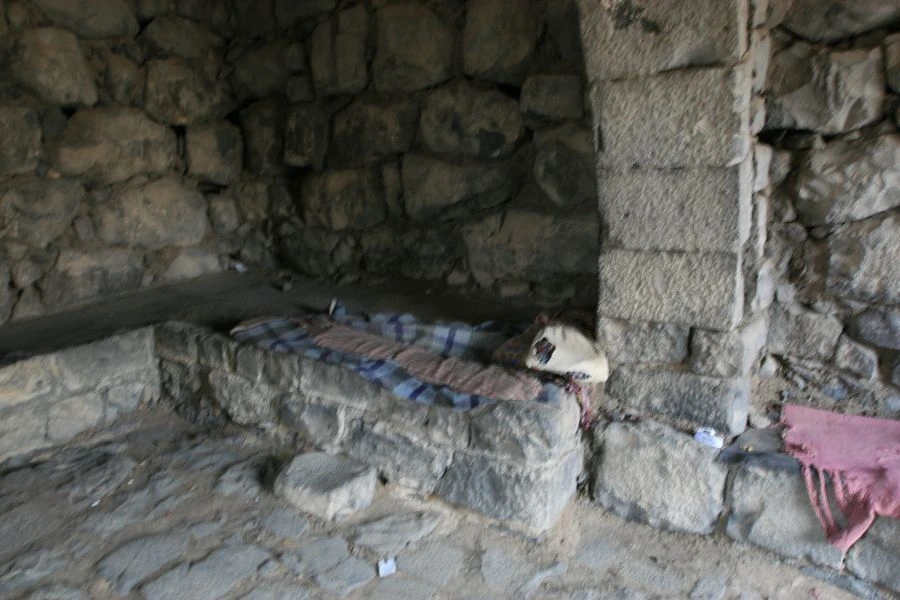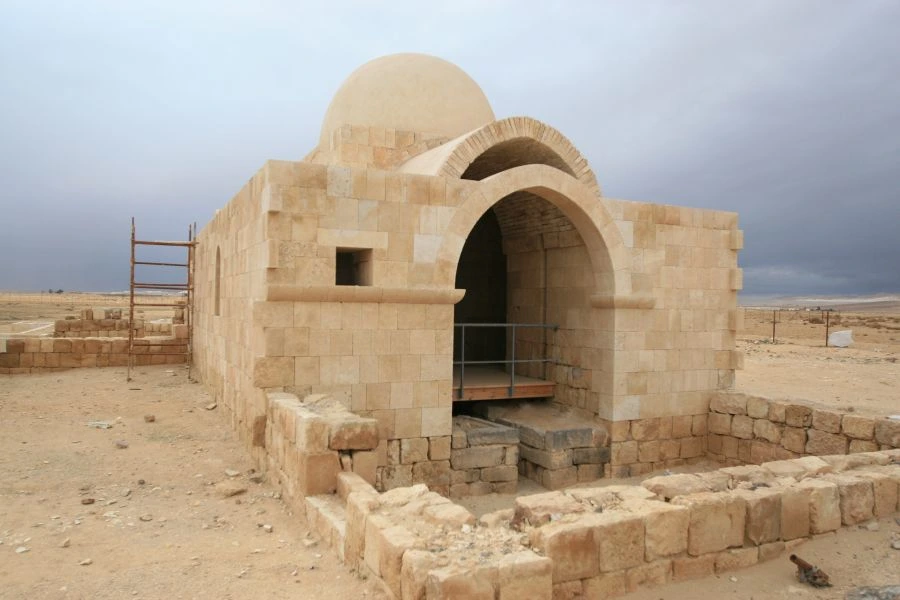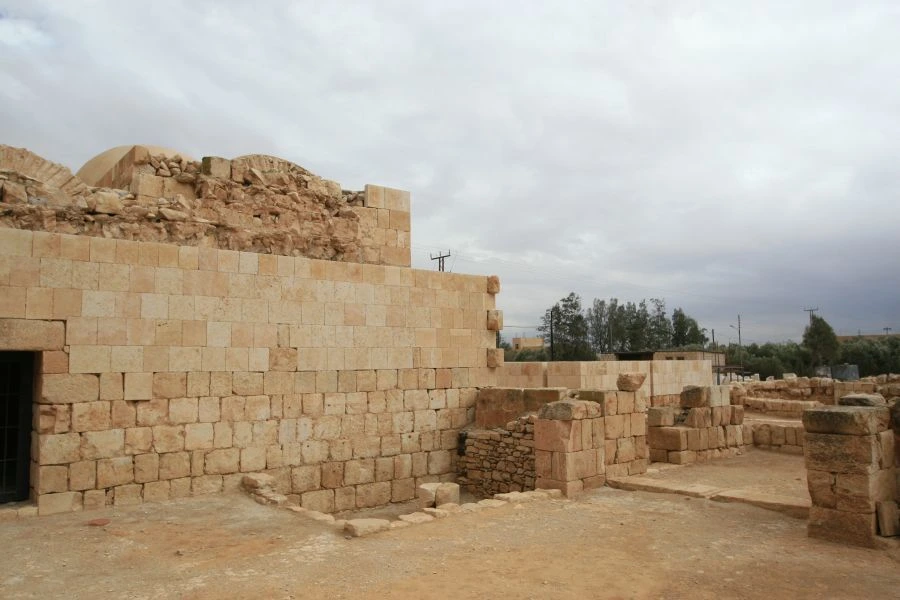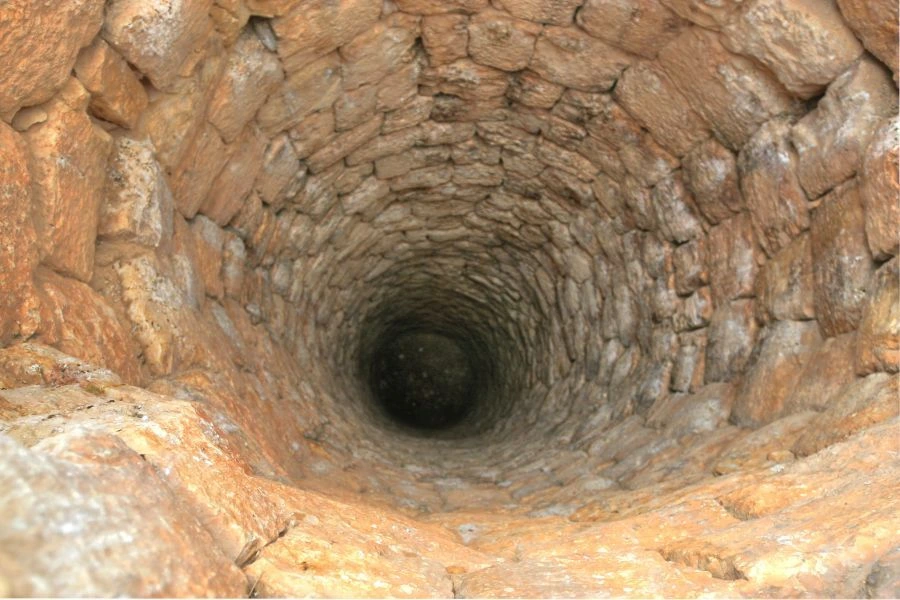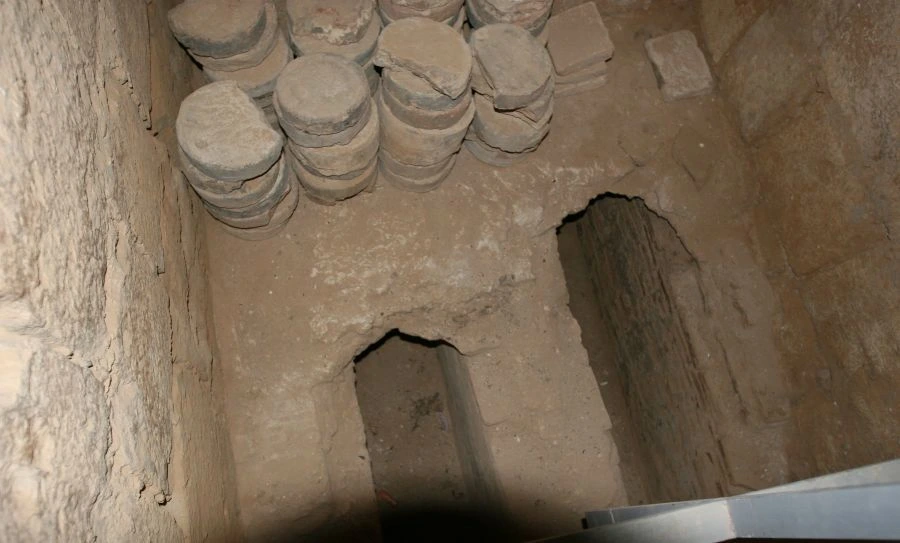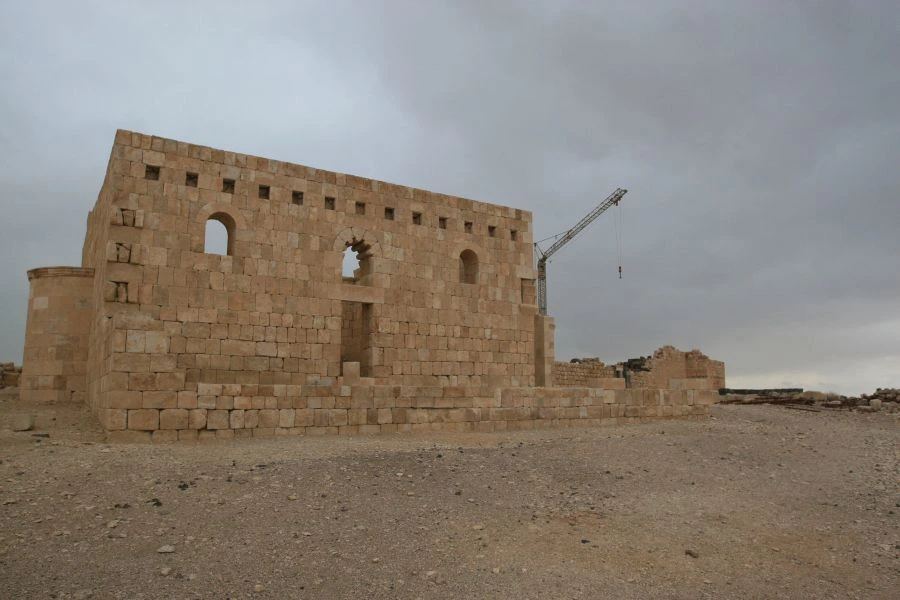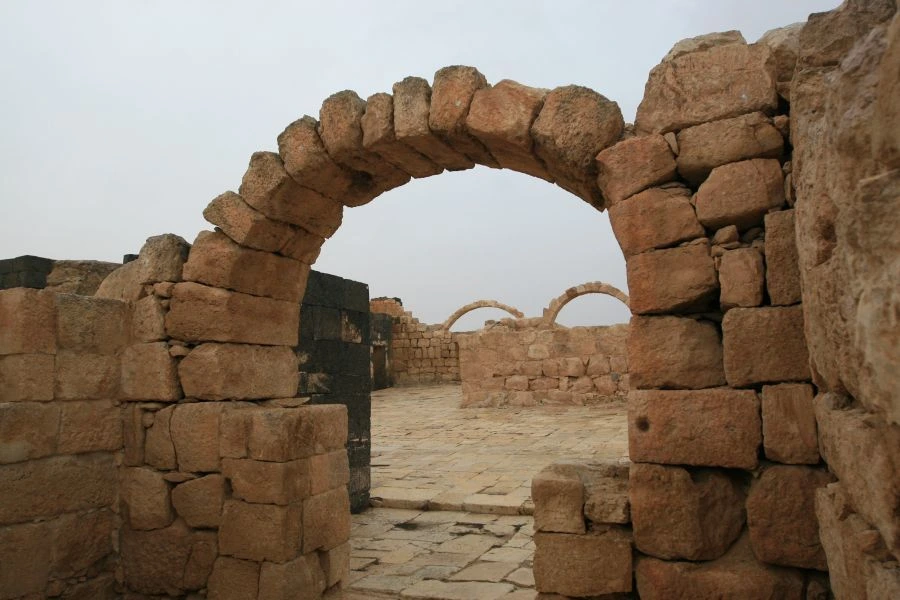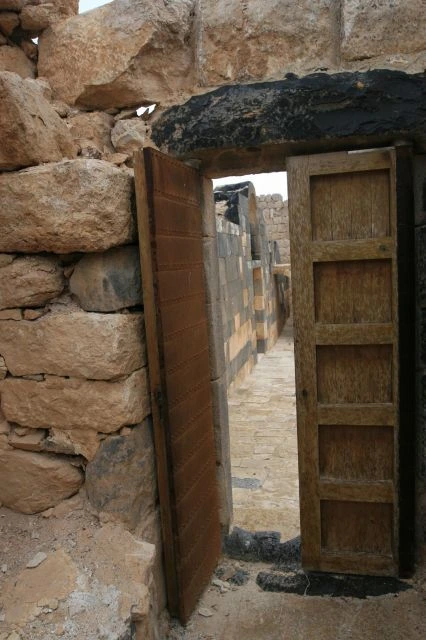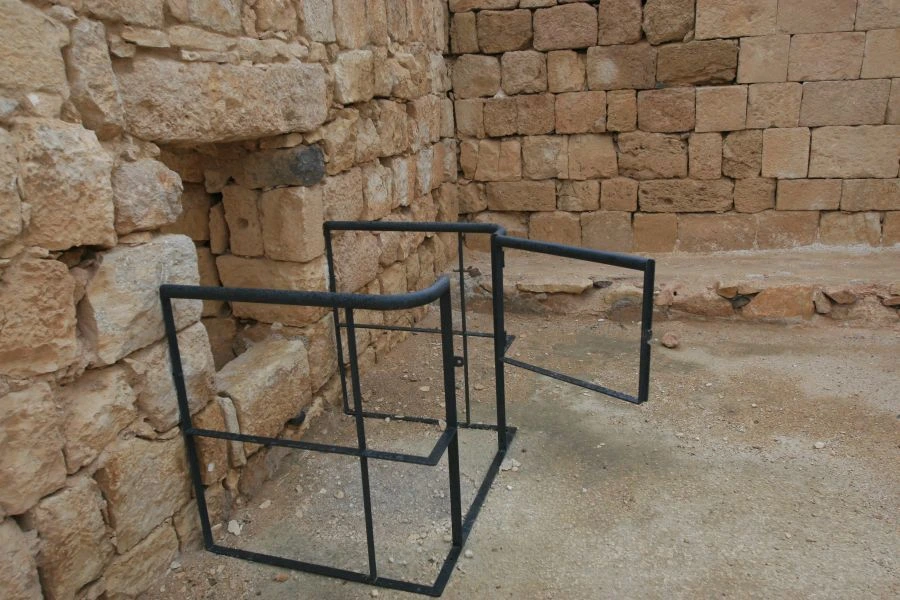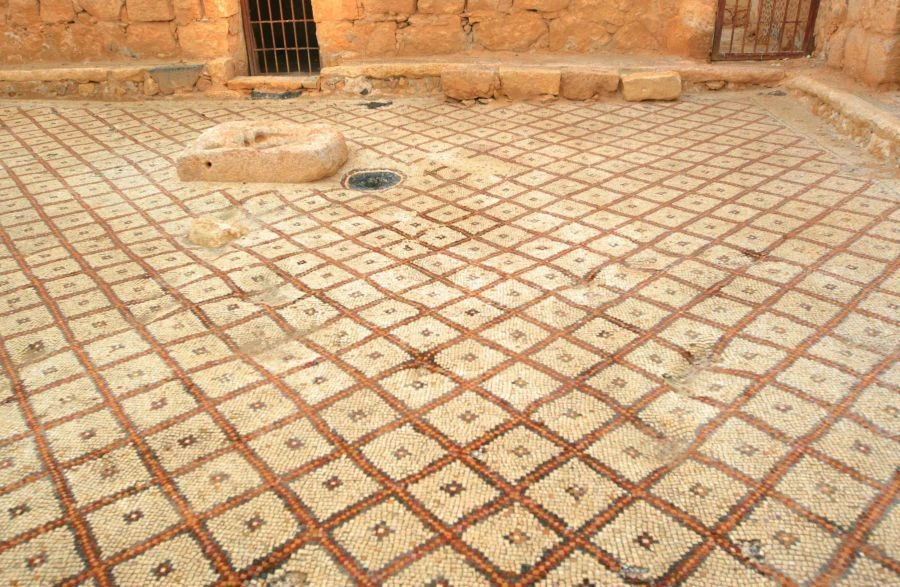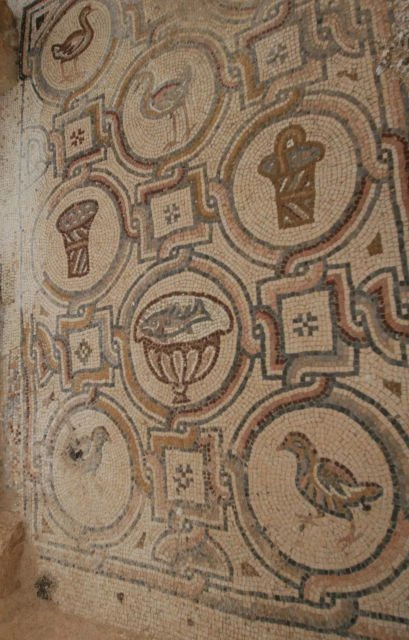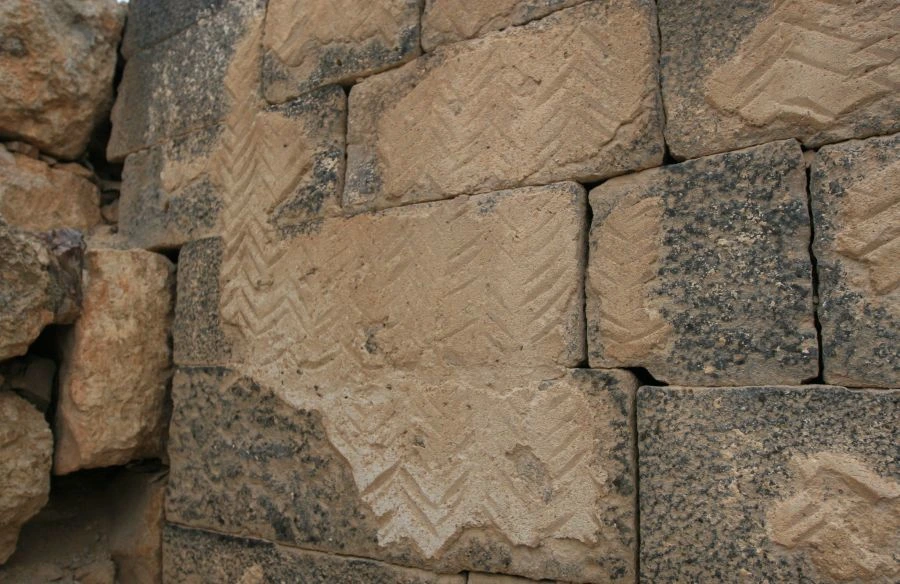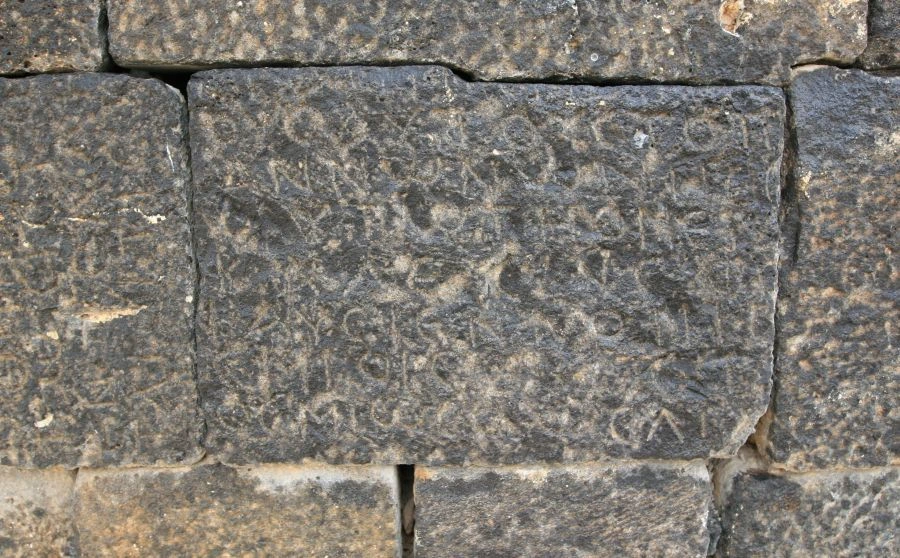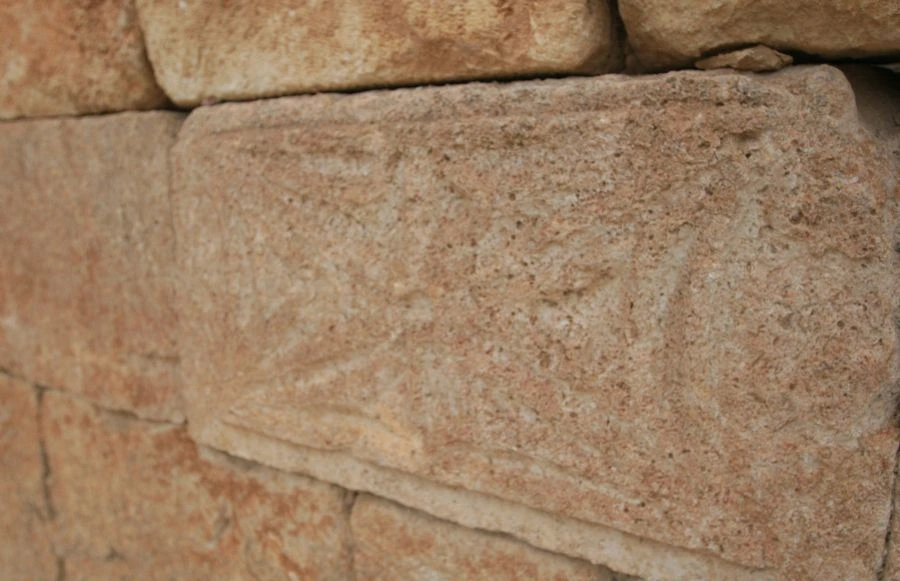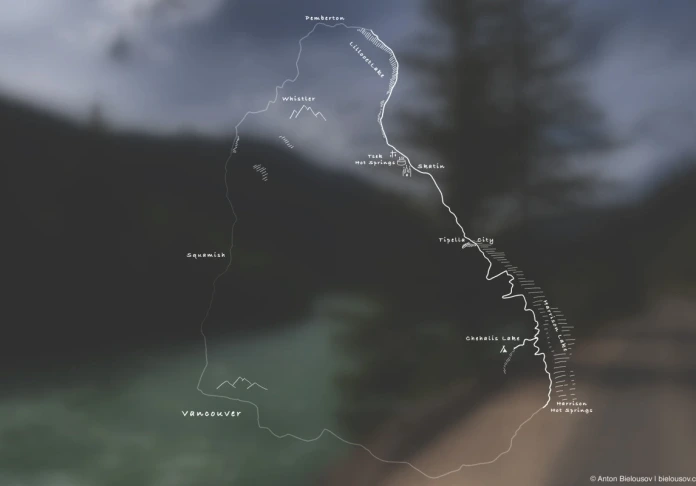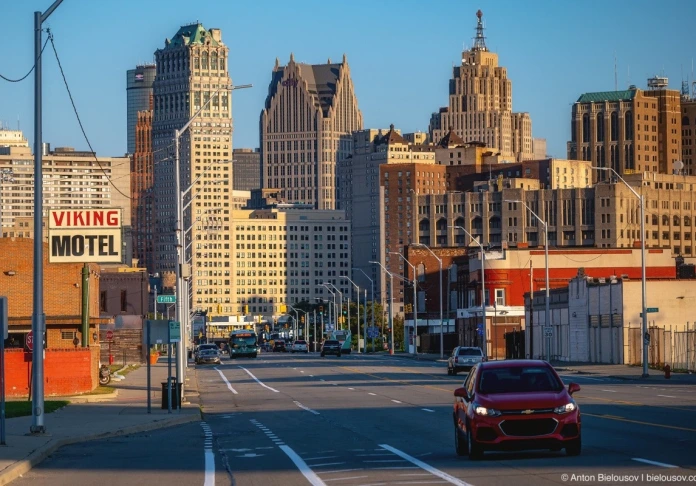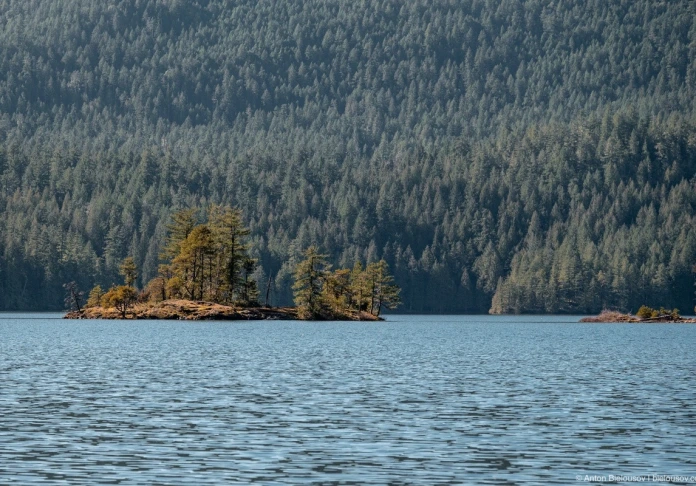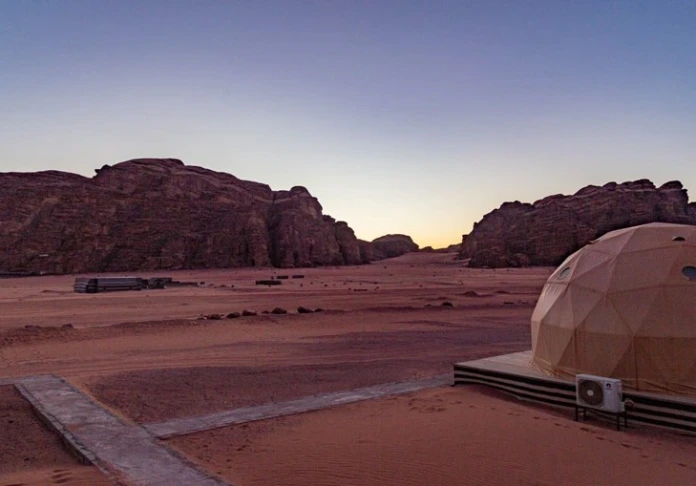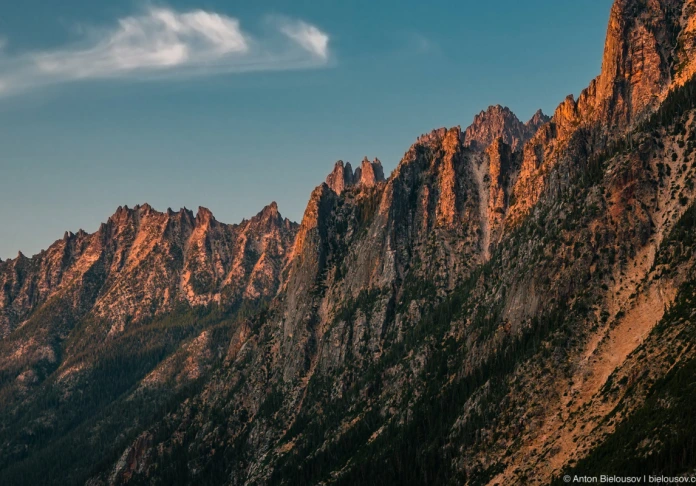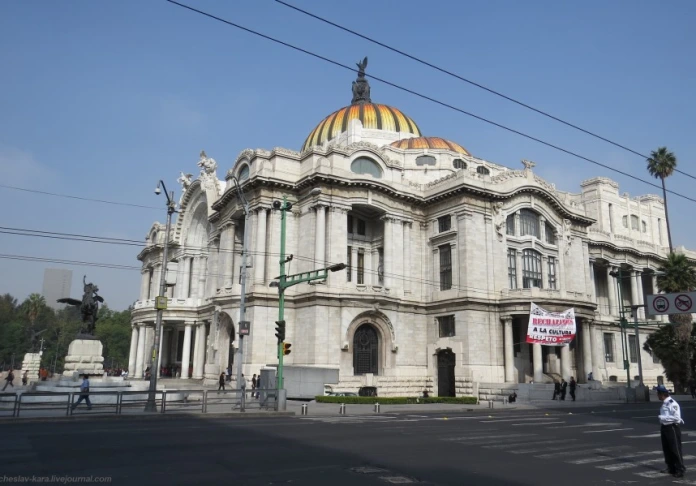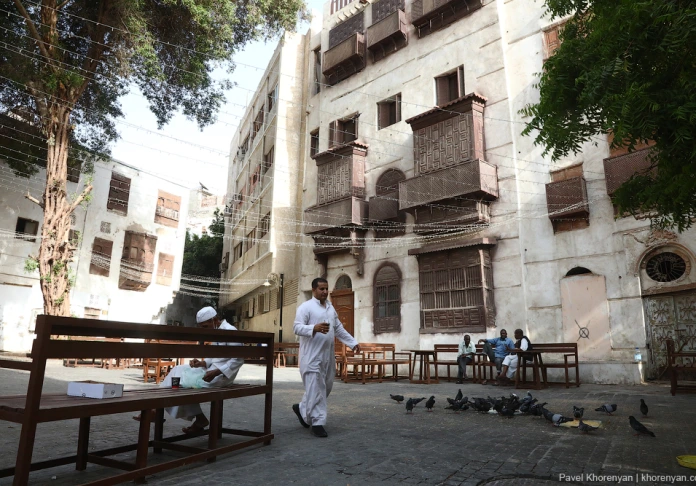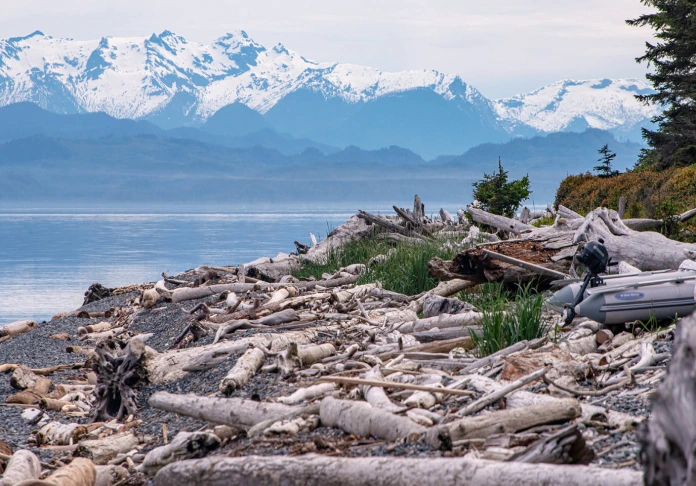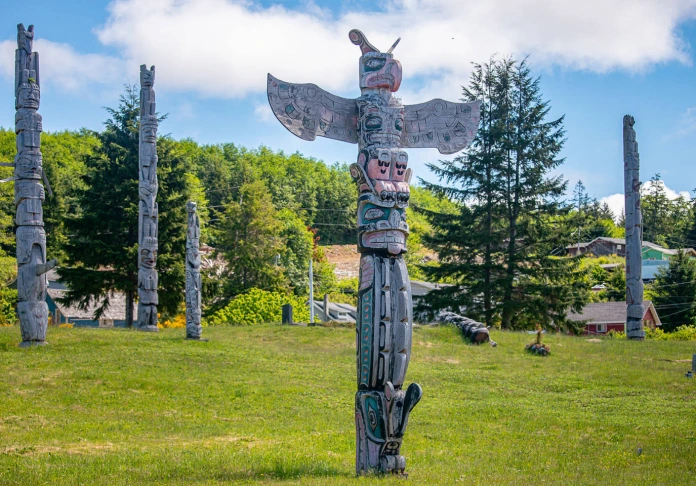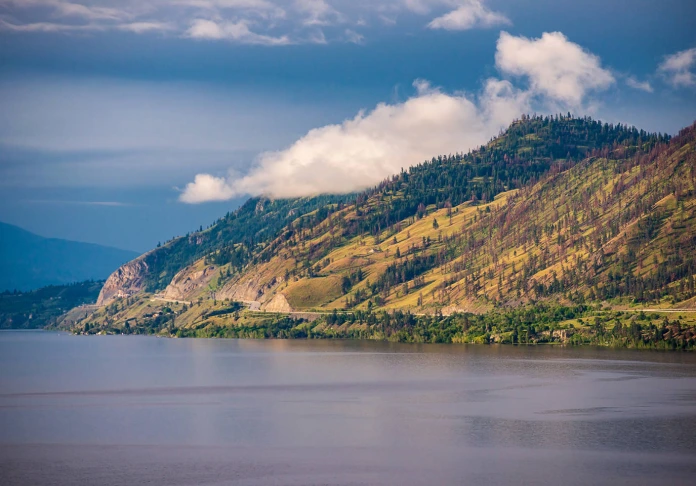Palaces Desert (desert castles) - combining the name for more than two dozen fortifications located east of Amman on the road to the border of Iraq and Saudi Arabia.
During the reign of the Umayyad stone desert (Badia) was built up good. According to historians, caravanserais and fortified buildings were within one day equestrian paths from each other, that is, consists of a grid with a spread of no more than 50-60 km between adjacent structures.
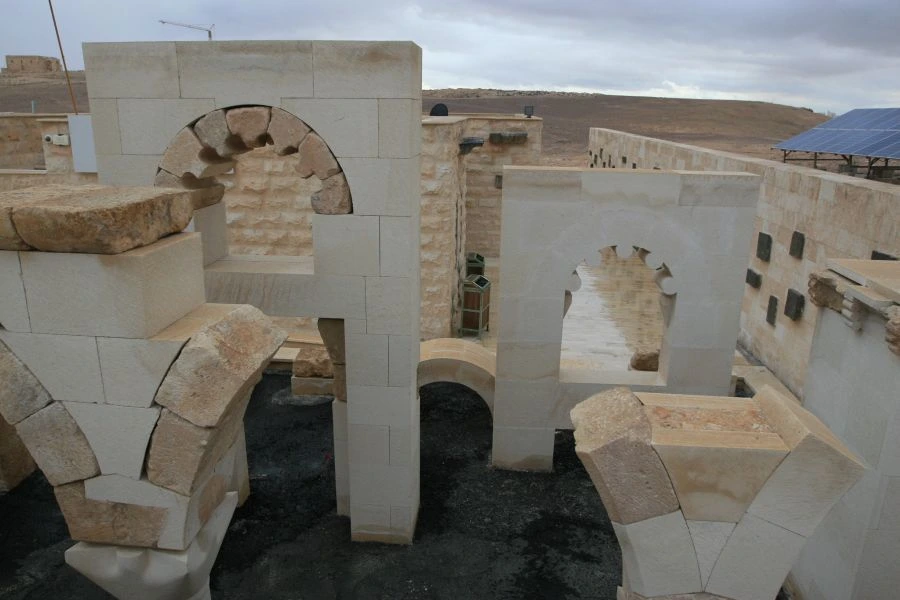
There were hunters Umayyads, Lawrence of Arabia, concubines and Chechen immigrants Umayyads, as we know, did not differ softness of the Board and not particularly popular either in Europe or the Middle East. Another three centuries before the Crusades managed a couple of times (unsuccessfully) to take Constantinople, entered the territory from Morocco to Turkey abolition of tax privileges for Muslims - jizya and amassed on his clan lot of enemies in the three parts of the world. As a result, the Umayyad dynasty was severely cleaned up. Moreover, were destroyed by the most significant monuments of their reign. In many ways, therefore, abandoned now strengthening the desert in Jordan are of considerable historical and scientific interest. Palaces, or locks? Military fortifications or hunting house? Researchers still no consensus about the purpose facilities. The word Qasr gives involuntary reference to the Tunisian, Libyan and Algerian desert fortified settlements - Ksar. The bottom line is generally the same - a residential complex designed for agriculture, and for the full stay, interrupted by occasional short visits of the nobility in the name of the bath and hunting. To get to the palaces of Amman easiest way is by taxi. Alternative - rolling cars. Other options will take more than one day and lead to a search for an overnight stay in the far the cheapest cities in the desert. A day trip by taxi costs 40 JD per car (up to 4 people). Request driver can be tested in any hotel. The desire to look very far ruins - negotiable. The first castle on the highway №40 - Strengthening Al Haran (Qasr Al-Kharana). It is typical of the caravanserai with an atypical form the foundation for the east - hence not very educated guesses sources that the basis for the formation of strengthening still served the Roman (Byzantine?) Fort.
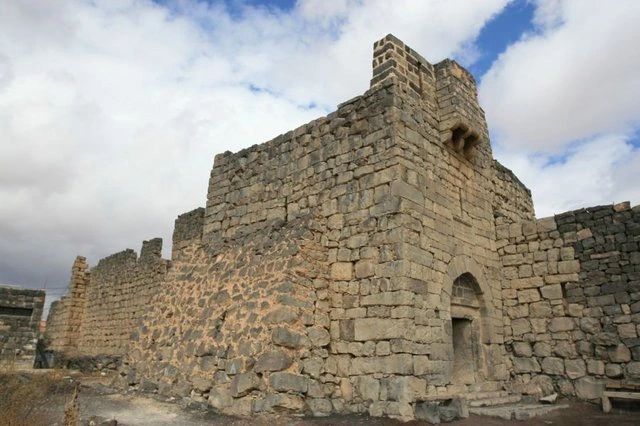
From the road the castle seems small, but it's visibility - enough space inside for a small army. In 710, the castle fell into the hands of the Umayyad and has undergone some changes. In particular, it was completed the third floor (unlike much of its design and the outside and inside), extended patio updated frescoes and wall decoration.
From the former decorations were only subtle hints. In Al Haran 61 room. If necessary, it can fit up to 400 people - quite to defend against accidental foray nomads.
Courtyard was used as a shelter for cattle and horses. Admission, incidentally, is the same for all the locks. You can buy a ticket in the office before any consolidation. The price issue - 2 JD. The easiest way to find usher in a small castle Amra (Qasyr Al-Amra), frescoes which are included in the UNESCO World Heritage List.
By Amra was exactly Qasyr - a small castle, outbuilding. Half bath, half dayroom.
In order to meet the standards of UNESCO, the castle slowly being restored. Here's a little bath restored.
To understand what is depicted in the murals shabby, it is useful to go to the museum at the entrance. The museum is quite good, going mainly Italians.
The most mysterious image - it is even on the reconstruction of the museum becomes particularly clear. Feeling - woman gets out of the cocoon.
Bear with a balalaika, yeah.
Skupo osveщaemыj Campionilor ʙannoe Yacht.
In the bath ... frescoes on the bathroom theme. exclusivity of them is that all of this - the work of the Islamic period, ie nudity here were contrary to the canons and managed to survive until the present day.
And here is the main reason for the inclusion complex in the list of global values. The first image of the constellations of the northern hemisphere on the dome. In fact, the first planetarium planet.
The base of the furnaces. Baths in the palace complex were good automated - the water is pumped from wells glubochennyh, heated and distributed in three zones - cold, hot and steam.
Well - a total reconstruction, but deep. Next stop - Azraq. The settlement is interesting because in the years of Stalinist repression here massively cited Chechens. As a result, the southern part of the city is Chechen, and meet in the settlement of the red-bearded elders - in the order of things. Architecturally, however, the town is not remarkable - in fact, there is at the expense of transit transport to the Iraqi border so thanks to a pair of rented American military bases. Azraq Castle (Qala'at Al-Azraq), located near the center of town, on the highway, when- it was the largest of the palaces of the desert. Built of massive basalt slabs, three-story black monster withstood sieges or before the earthquake in 1927 did not carry a pair of upper floors.
Azraq Castle built in the 3rd century by the Emperor Diocletian. Rebuilt in the 13th veke.Otlichitelnaya design feature - the maximum use of stone. Pay attention to the front door. Each leaflet - a plate weighing a ton.
Room Lawrence. In Azraq Lawrence of Arabia spent more than one month. His room, located directly above the entrance fortified tower survived.
Gloomy black castle under winter rainfall.
Stone slab of long basalt slabs.
Another megadver.
"Loops"
Was a very nice design. Nothing similar has ever seen.
Dungeon. Maybe dungeon.
Workplace sleepy guard. For any lock, by the way, attached guide, but the value of his services as something not consistent with the concept of price in the country. Simply buy a guide. Guides polite and not imposed. The last trip points are on the highway №30. Strengthening Al Hallabat (Qasr Al-Hallabat) and related bath, in principle, united, but are located at a considerable distance - the castle on the hill, and the bath, of course, in the valley - closer to aquifers. First of all - bath. The structure of the precinct of the netting and closed. On a nail. In Jordan, generally much closed on a nail - feel free to check. It's more of stray dogs than by tourists.
For stud - a small building.
The building is almost completely restored - is visible behind the old arch design. All of the blocks that - new building.
Well, 30 meters.
Another foundation for the stove and canals for water supply. Said hydraulic system can not recreate still even theoretically. Something situation reminds Ramon Voronezh. In the end - the castle itself. Cut up the hill from the parking area by storm winds, walking through the stone desert showers - not the most pleasant experience. The castle, of course, locked up on a nail.
Hallabat - Castle plight. Founded as a military fortification, was quickly rebuilt under the monastery. As a hunting lodge unused - the Umayyads built a simply additional space to the baths, and the ruined monastery was turned into a real outpost.
Actively restore the castle, it is gratifying.
Well preserved wooden elements.
Floor mosaic closed from tourists. On a nail.
Floor caved in, but preserved mosaics.
The location is just perfect.
And the plaster on the walls was ...
... And commemorative inscriptions ...
... And even bas-reliefs. Alas, hardly noticeable.
The best examples of desert architecture collected in the museum Hallabat. You can wander, dream up, no matter how well it was here once. Total - full light day without lunch, 240 kilometers and a lot of positive impressions, even with all the gravity of the February storms. Highly recommended.



